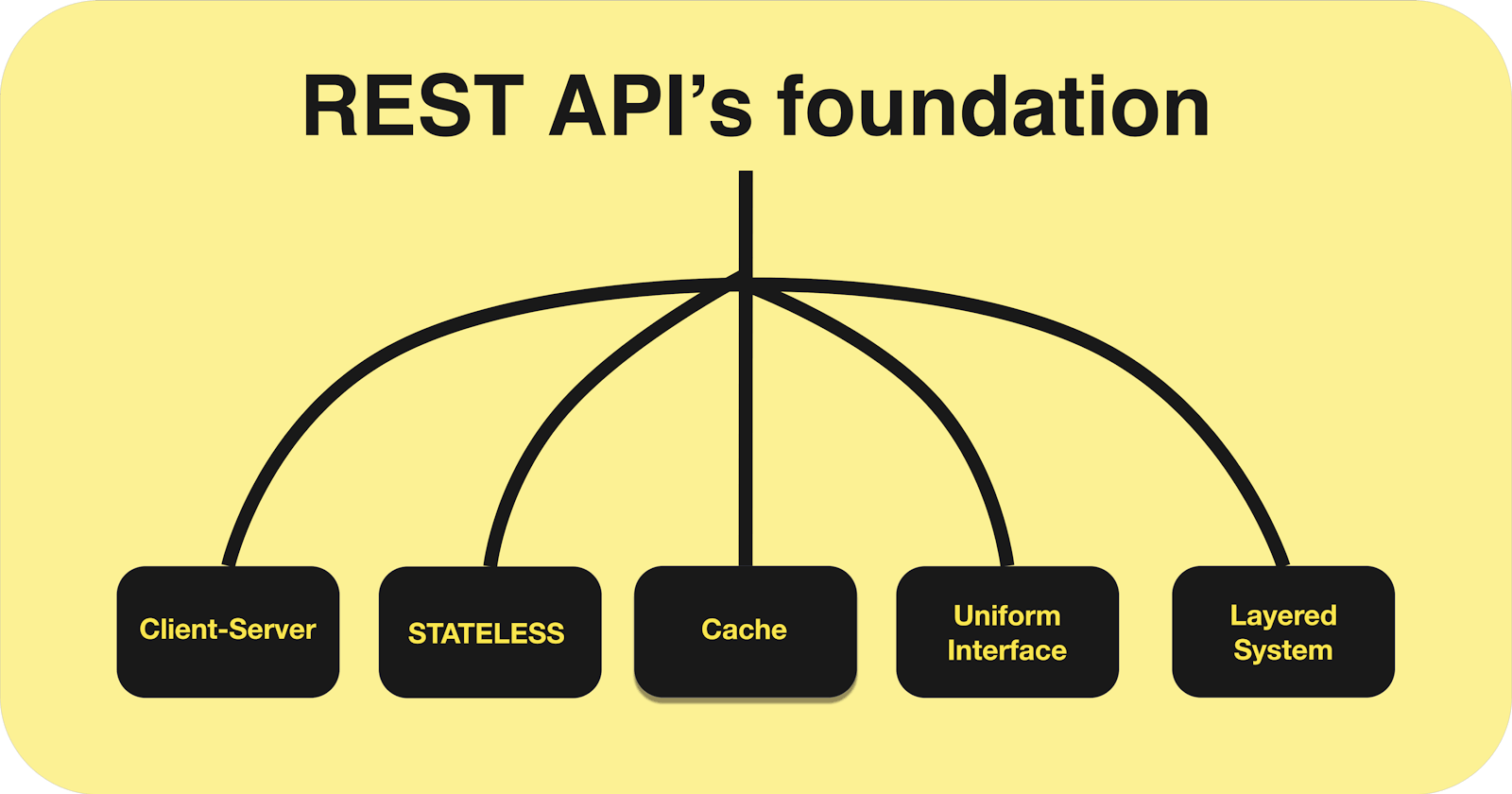
REST or RESTful API is elaborated as Representational state transfer. It is designed to take full advantage of the existing protocols. While REST can be readily used with all the available protocols, it usually takes advantage of HTTP when used for Web APIs. The best thing about this is that developers don't need to install any additional libraries or software to take full advantage of REST. This state transfer is popularly known for its incredible layer of flexibility. Since the data is not tied to the methods and resources, the REST can handle multiple types of calls, return different data formats and even change structurally with the correct implementation of hypermedia.
The versatility and flexibility of REST API design allow you to build the APIs that are fully capable of severing you as well as the others need. REST has an additional advantage added to it, i.e., unlike SOAP Protocols, it is not constrained to XML but can return all the popular data formats such as XML, JSON, YAML, or any other format client requests. And unlike RPC(Remote procedure calls), users aren't required to know procedure names or specific parameters in specific orders.
Like a coin has two faces, there are drawbacks associated with this REST API design as well. You can lose the ability to maintain a state in REST, such as within sessions. It can be more difficult for newer developers to use. It's also important to understand what makes a REST API RESTful and why these constraints exist before building your API. After all, It is considered that if you don't know why something is designed the way it is, you are wasting your efforts without even realizing it.
The REST API Design
While most APIs claim to be RESTful, they fall short of the requirements and constraints asserted by the inventor of the same. There are five key constraints to REST API design to be aware of when deciding whether it is the right API type for your project.
Client-Server This concept is all about keeping your client and the server separated so that they can evolve individually and independently. In other words, the changes made to my mobile application should not affect the data structure or the database design on the server. At the same time, I should have the power of modifying the database or server application without affecting the mobile application. This way, we can create a separation concern, letting each part scale up and grow individually, ultimately helping your organization grow.
Stateless
The meaning of stateless concerning REST API is that calls can be made independent of one another. Each call contains the data necessary to complete itself. Identifying information is not being stored on the server while making the calls. Instead, each call has only that amount of data it requires like API key, access token, and user Id, etc., instead of relying upon a series of calls with server state to create an object, which may result in partial failure. Instead, to reduce memory requirements and keep your application as scalable as possible, a restful API requires that any state is stored on the client- not on the server.
Cache
Because a stateless API can increase request overhead by handling larger loads of incoming and outbound calls, a REST API should be encouraged to store the cacheable data, and This means that when the data is cacheable, the response should indicate that the data may be held up to a specific time(expires -at), or in cases where information needs to be in real-time, that the client should not cache the response. By enabling this, you will reduce the number of interactions with the API, rescue the internal server storage, and provide your API users with the tools necessary to provide the fastest and most efficient apps possible. Keep in mind that caching is done on the client side. While you may cache some data within your architecture to perform the overall operation, the intent is to instruct the client on how it should proceed and whether or not the client can store data temporarily.
Uniform Interface
The key to decoupling the client from the server has a uniform interface that allows independent evolution of the application without having had the application services, model, or actions tightly coupled to the API layer itself. The uniform interface lets the client talk to the server in a single language, independent of the architectural back-end. The interface should provide an unchanging, standardized means of communicating between the client and the server, such as using HTTP with URI resources, CRUD(Create, Read, Update, Delete), and JSON.
Layered System
rreAs the name implies, a layered system comprises layers, with each layer having a specific function and responsibility. Let's think of a Model View Controller Framework. Each layer has its obligations, with the models comprising how the data should be formed, the controller focussing on the incoming actions, and the view focussing on the output. Each layer is separate but also interacts with the other. In REST API design, the same principle holds, with different layers of architecture working together to build the hierarchy that helps create a more scalable and modular application.
The layered system also lets you encapsulate legacy systems and move less commonly accessed functionality to a shared intermediary while also shielding more modern and most widely used components for them. Additionally, the layered system gives you the freedom to move the system in and out out of your architecture as technologies and services evolve, increasing flexibility and longevity as long as you seep the different modules as loosely coupled as possible. There are substantial security benefits of having a layered system since it allows you to stop attacks at the proxy layer or within another layer, preventing them from getting to your existing server architecture. By utilizing a layered system with proxy or creating a single point of access, you can keep critical and more vulnerable aspects of your architecture behind a firewall, preventing direct interaction with them by the client. Keep in mind that security is not based on a "single all" solution but rather on having multiple layers to understand that certain security checks may fail or be bypassed. As such, the more security you can implement into your system, the more likely you are to prevent damaging attacks.

